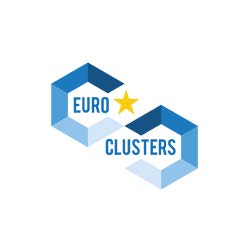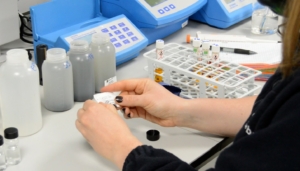AOPAPER
Advanced Oxidation Processes for accelerating water reuse in the pulp&papre industry
Advanced Oxidation Processes for accelerating water reuse in the pulp&papre industry
Acronym: AOPAPER
Project Partner: Ingeniería de Obras Zaragoza, S.L.
Country: Spain
Industrial ecosystem: Energy-intensive industries
Date of the award: 29/09/2023
Duration: 01/12/2023 – 30/11/2024



SUMMARY
AOPAPER is a project that proposes the use of Advanced Oxidation Processes (AOPs) as a tertiary treatment for its effluents to remove organic matter and recalcitrant substances from the pulp & paper (P&P) industry. Recalcitrant substances are chemical compounds that are difficult to degrade or remove through conventional methods. These compounds may include, inter alia, lignin, inks, resins or AOX. AOPs have been pointed out as a valuable alternative for the removal of these pollutants in the P&P effluents. However, their use is strongly limited due to their high operative costs related to their use before the biological treatment, consuming the APOs’ oxidative capacity with high biodegradable compounds, instead of recalcitrant ones. AOPAPER aims to deal with this current situation and facilitate the market uptake of AOPs through a new cost-effective approach that will enhance the removal of the target pollutants, the recalcitrant compounds.
The AOPAPER project proposes an advanced oxidation process (AOP) using UVC radiation and ozone (UV/O₃) as a tertiary treatment for pulp and paper industry effluents. Its goal is to remove recalcitrant compounds such as lignins and AOX—difficult to degrade by biological methods—reducing COD and enabling water reuse in industrial processes.
A pilot system was built, equipped with UVC lamps, an ozone generator, and pH/ORP sensors. The study evaluated the effects of ozone concentration, reflective material, pH, and temperature on system performance.
Conclusions:
• Higher ozone concentrations enhance COD (up to 45%) and color removal (up to 90%).
• Adding aluminum reflective material inside the reactor improves UVC light efficiency.
• Operating at acidic pH (pH 4) boosts hydroxyl radical formation, achieving 72% COD and 97% recalcitrant compound removal in one hour.
• Temperature negatively affects performance: higher temperatures reduce ozone solubility and thus oxidation efficiency.
• Continuous operation reduces overheating, improving ozone absorption.
Under optimal conditions, the system proved highly effective, supporting sustainability and circular economy efforts in the paper industry.
